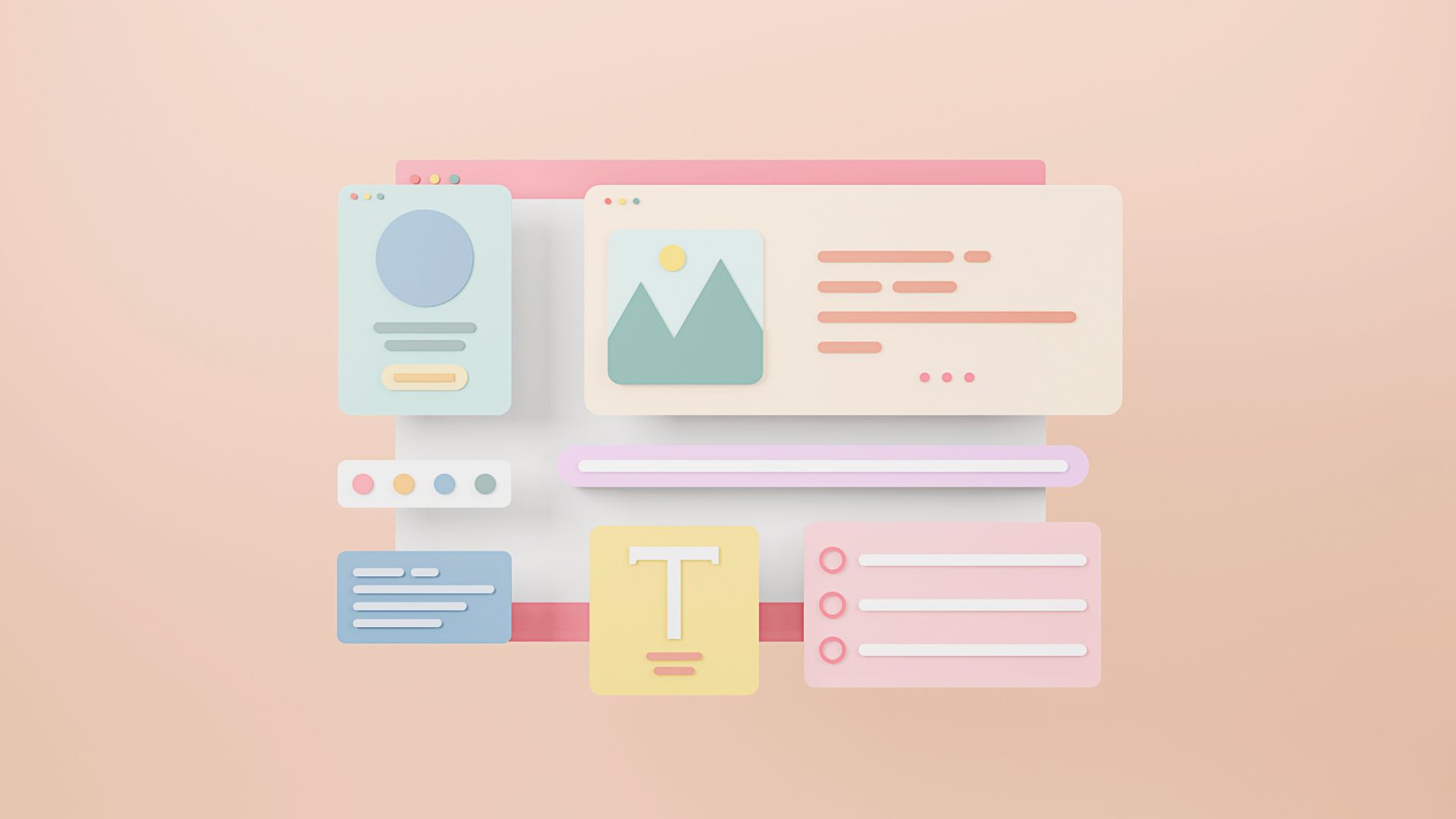As a graphic designer, transitioning to web design can be a daunting task. There are new skills to learn, new tools to master, and a whole new world of design principles to understand. However, with the right guidance, this transition can be a smooth one. In this article, I will guide you through the process of becoming a web designer from a graphic design background.
Table of Contents
Understanding The Transition From Graphic Design To Web Design
The first step to mastering the transition from graphic design to web design is understanding the differences between the two. While graphic design is focused on creating static visual designs for print or other media, web design is all about designing for the web. Web design requires an understanding of how websites work, how users interact with them, and how to create designs that are both visually appealing and functional.
Graphic designers are used to creating designs that are fixed in size, whereas web designers need to create designs that are responsive and adaptable to different screen sizes and devices. Web designers also need to be familiar with HTML, CSS, and JavaScript, as these are the languages used to create websites.
Differences Between Graphic Design And Web Design
One of the main differences between graphic design and web design is the level of interactivity. With websites, users are able to interact with the content in ways that are not possible with print media. This means that web designers need to create designs that can accommodate this interactivity.
Another difference is the use of typography. While typography is important in both graphic design and web design, the way it is used is different. In graphic design, typography is used to create a visual hierarchy and convey a message. In web design, typography is used to enhance readability and usability.
Skills Required For Web Design
There are several skills you will need to master. These include:
- User Experience (UX) design
- Information architecture
- HTML
- CSS
- JavaScript
- Responsive design
- Search engine optimization (SEO)
- Content management systems (CMS)
Essential Tools For Web Design
In addition to the skills mentioned above, there are several essential tools that every web designer should be familiar with. These include:
- Sketch or Adobe XD or Figma for creating wireframes and prototypes
- Photoshop or Illustrator for creating graphics and visual elements
- Code editors such as Sublime Text or Visual Studio Code for writing HTML, CSS, and JavaScript
- Content management systems such as WordPress or Drupal.
- Google Analytics for tracking website traffic and user behavior.
Tips For Transitioning From Graphic Design To Web Design
Now that you understand the skills and tools required for web design, here are some tips to help you make the transition:
- Start by learning HTML and CSS. These are the foundational languages of web design and will give you a solid base to build on.
- Practice, practice, practice. The more you design websites, the better you will get.
- Build a portfolio of web design projects. This will showcase your skills and help you land your first web design job.
- Network with other web designers. Attend meetups and conferences to meet other designers and learn from them.
- Keep up with the latest design trends and technologies. Web design is a constantly evolving field, so it’s important to stay up-to-date.
Job Opportunities For Web Designers
There is a high demand for web designers, and the job market is expected to continue to grow. Some of the job titles you could pursue as a web designer include:
- Web designer
- UX designer
- Front-end developer
- Content strategist
As you gain experience, you may choose to specialize in a particular area, such as UX design or front-end development.
Conclusion
Making the transition from graphic design to web design can be challenging, but it’s also a rewarding opportunity to expand your skillset and pursue new career opportunities. With practice and dedication, graphic designers can become successful web designers and create designs that are not only visually stunning but also functional and user-friendly.


